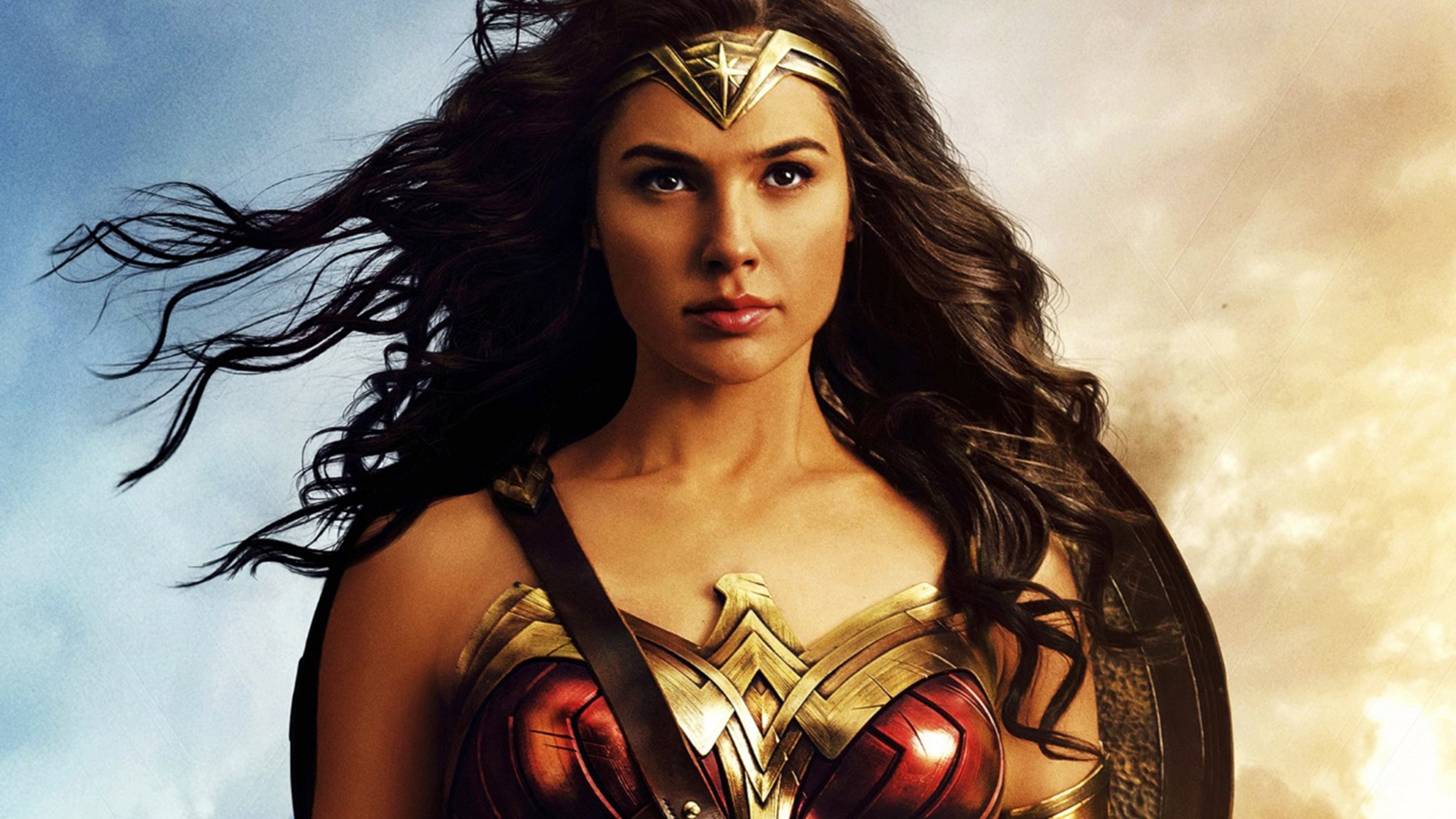Contrary to what the name may imply, neoliberalism is not a partisan ideology. In his book “A Brief History of Neoliberalism,” David Harvey writes, “[It is] the doctrine that market exchange is an ethic in itself, capable of acting as a guide for all human action.”
In other words, according to the neoliberal ideology, everything in life should be controlled by free market exchange. Schools, morals and especially government should all be under the control of a free market.
The modern line of thinking has been able to adapt itself to form subsections of other ideologies, most notably feminism. In Cathrine Rottenberg’s article, “The Rise of Neoliberal Feminism,” she goes into detail about how neoliberal rationality has attached itself to feminism and changed the school of thought over the past decade or so.
Neoliberal market rationality emphasizes the importance of self-reliance and self-efficiency. In contrast, a classically liberal mindset would emphasize civil rights, equal access to institutions and full community integration for all citizens. This individualized and internalized form of feminism, brought about by neoliberalism, is found throughout contemporary media.
Two good examples of neoliberal feminism in the media are “Wonder Woman” (2017) and “Tomb Raider” (2018). Each of these films portrays women who rely only on themselves to rise through male-dominated power structures. Also, each of these films put women in formerly male-dominated roles.
Before things really begin, one thing must be made clear: This article is not making an argument against feminism, neoliberal or otherwise. This piece is merely pointing out the connection between the neoliberal ideology and the brand of feminism that Hollywood has chosen for their major motion pictures.
You can see the most obvious example of neoliberal feminism found in “Wonder Woman” through Princess Diana’s (i.e. Wonder Woman’s) character arc and the historical context of the film. Throughout the story, the audience watches Diana work with many people to accomplish her goal of murdering Ares, the Greek god of war.
However, near the very end of the film, Diana must travel through No Man’s Land by herself in order to find and destroy Ares. The defiant and solitary nature of Diana’s pursuit symbolizes the neoliberal feminism doctrine of self-reliance and self-efficiency.
Additionally, while the story takes place during World War I, the setting highlights how contemporary, neoliberal feminism forgoes collective progress and persuades women to “internalize the revolution,” as Sheryl Sandberg puts it in her book.
To further Sandberg’s point, the story of “Wonder Woman” is largely the tale of a superhero who defies all odds and conquers evil. In fact, Princess Diana certainly does this. However, the accomplishments she achieves serve for her own betterment and not for all women. After all, there’s a reason people call it the first world war and not “the only world war that ever happened.”
Diana’s self-determination and independence that bring her to the Justice League are both parts of the foundation for a neoliberal market rationality. Princess Diana serves as a symbol for how neoliberal feminists expect women to overcome gendered inequality.
“Tomb Raider,” based on the acclaimed series of video games, is a new film releasing on March 16, 2018. The story follows the young, independent Lara Croft, who must travel to a far-off island in order to find her missing father.
Does this story sound familiar to anyone? If you’re a fan of Joseph Conrad or Francis Ford Coppola, then it should. After all, 2018’s “Tomb Raider” is, more or less, a beat for beat adaption of “Heart of Darkness” (1899), which is a source of inspiration for Coppola’s “Apocalypse Now” (1979).

One of the notable differences between “Tomb Raider” and the material it was inspired by is that the protagonist in “Raider” is, in fact, a woman. The gender-swapping tendencies of Hollywood is another way in which they portray their brand of feminism.
Sandberg, a well known neoliberal feminist, writes in her book titled “Lean In” about how the “leadership ambition gap” is of the utmost importance in contemporary feminism. According to feminists like Sandberg, if more women were running major corporations at an executive level, then society would be making great steps toward equality for all.
By having Lara Croft replace Charles Marlow in an adaptation of “Heart of Darkness,” “Tomb Raider” is a prime example for symbolically representing the neoliberal feminists desire to put more women in places of higher power and influence.
According to people like Sandberg, closing the leadership ambition gap is the most important part of her particular feminist agenda. The stress she puts on individual women to be completely independent and self-reliant stems from her neoliberal market rationality.
As mentioned previously, this article is not chastising or critiquing neoliberal feminism; instead, it’s connecting this distinct form of feminism with what you can find in major Hollywood motion pictures. After all, there is nothing inherently wrong with women who climb up the ranks of the social hierarchy through sheer independent determination.
However, given both of these characters’ socio-economic backgrounds, what might Hollywood’s stance be on achieving equality for women of the working class? What could be Hollywood’s stance on achieving equality for women who might not have the same class-based privileges as the noble Princess Diana? Meanwhile, is the portrayal of a middle or working class Laura Croft a realistic one? Is it a realistic example of unbridled self-determination for young women to follow?
Considering the rise of neoliberal feminism, it’s important for everyone to understand which route our modern form of feminism is taking. Does this form take into account the goal to achieve equality for all women or just those who have the class-based privilege of closing the “leadership ambition gap”? The question is important, and perhaps feminists of all doctrines should consider it.

















